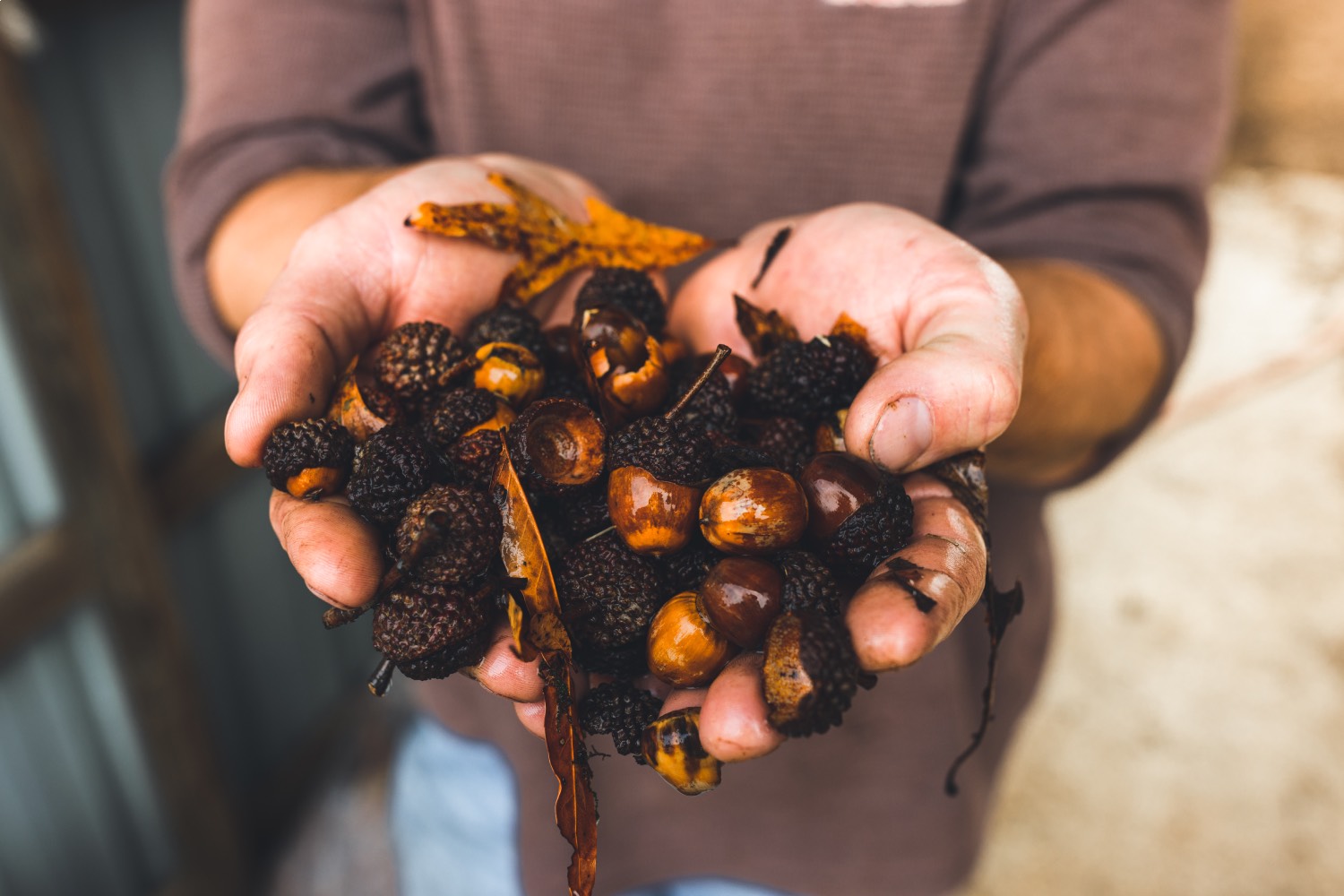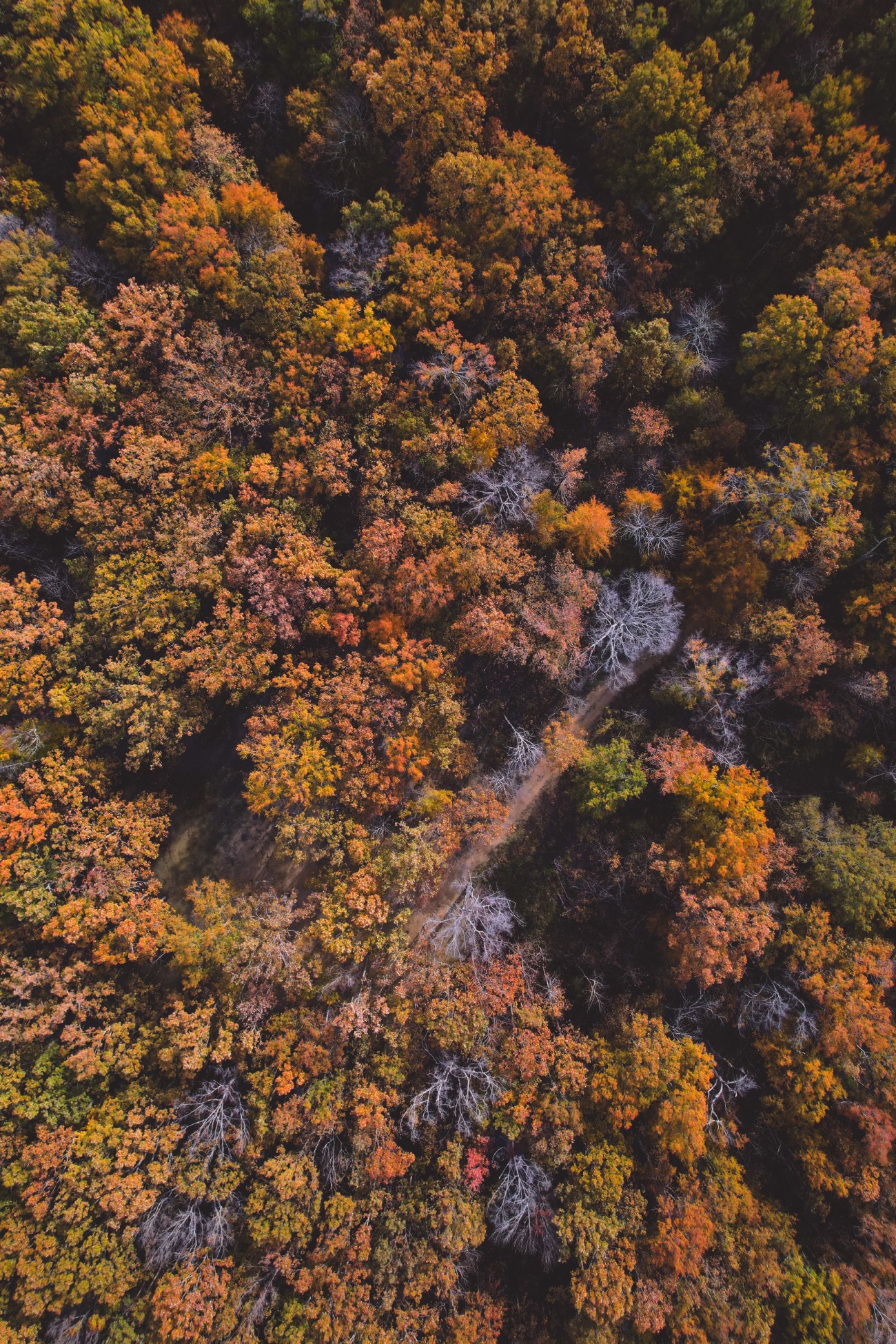Chris Bridges
Taking stock of current inventory is a periodic task for many different types of industries. For wildlife management, there are a variety of different tools that can help to accomplish the task of taking inventory of mast producing trees. Spring is a great time of year for wildlife habitat managers to take stock of mast producing trees to ensure that their site is in top condition to provide the food that their desired wildlife species need.

What is Mast?
Mast is a term for tree nuts and fruit that are eaten by wildlife. While oak and hickory are the most often recognized sources of mast for game species, many other trees also provide mast. Soft mast is produced by plum, cherry, persimmon, mulberry, hackerry and sugarberry trees, among others.Spring is an excellent time of year to identify some of the early blooming soft mast producing species, like plum and cherry, which are often more difficult to notice later in the year.
Taking Inventory of Your Woodlands
Most hunters and landowners are aware of the methods that foresters use to take stock of timber in preparation for a logging project or sale. While the need to conduct a thorough inventory in preparation for selling valuable logs is obvious, it is also helpful to recognize the value of identifying the trees in your woodlands that are providing the types of mast that are preferred by the types of wildlife for which you are managing. Given that a wide range of different tree species are in constant competition for sunlight, water and nutrients, it is important to know that your land’s resources are being allocated to the tree that will support your selected game species.
Basal area is a term that foresters use to describe the space occupied by trees on a given site. It is typically expressed in square feet per acre at breast height. I like to imagine it as the surface area of the stumps of all of the trees on an acre if they were all cut at 4.5 ft above the ground. This measure of basal area provides timber managers with an idea of how well stocked the site is with trees of different age and size classes.
Just as basal area can be used to understand the quantity of timber on a site, it can also be helpful in understanding the percentage of mast producing trees that a site has. One method of estimating basal area is to use a type of angle guage to visually estimate standing timber basal area. Without getting into the statistical validity of variable-radius plot sampling of forest stands, I would suggest that most hunters and landowners are capable of using a simple method for estimating the basal area of a given forest site.
Shop Now: Mossy Oak Nativ Nurseries
If you take a penny and hold it 24.75” from your eyes, you can approximate the type of angle guage used by foresters. By placing the penny above a set center point and rotating around this location 360 degrees, you can use the penny to visually count the trees that appear to extend beyond the width of the penny. In other words, count the trees that appear larger than the penny. Multiplying the number of trees that extend beyond the penny by ten will provide you with an estimate of the basal area in square feet per acre. For instance, if a rotation with the penny indicates nine trees that were larger than the penny, then you would estimate that this location has a basal area of ninety square feet per acre.
Knowing this number will provide you with a relative measure to compare locations for blinds or stands. However, knowing the relative contribution of different tree species to this measure of basal area is likely more important for understanding the mast producing potential of a site. If there were eight trees that were counted using this method, but only two oaks and the remainder sweetgum, you might recognize potential habitat improvements that could be made. Similarly, knowing the ratio of white oaks to red oaks on a given location could yield some helpful insight into the timing of mast production, production patterns across different years and what future timber management practices will be necessary to reach your goals.

Using Mast Inventory Information to Guide Habitat Management
Being able to walk your woodlands and readily inventory your trees using commonly available tools and accessible methods could be helpful in a number of ways. This inventory can guide harvest planning, timber stand improvements, crop tree release and potentially even planting decisions. More importantly, this inventory can let you know which species are occupying valuable real estate on your site, and if they are producing the crop that you are after. Given the vast differences in the wildlife values of elms and sycamore as compared to oaks and hickories, it is important to know which species are taking up the water, nutrients and likely most importantly the sunlight.
Read More: Identifying Mast Producing Trees
There are a great number of things in forests that even good stewards cannot control, including disease, insect pests and wind damage. However, tree access to sunlight and other resources is largely under our control. Still, if we do now have an accurate estimate of the composition of our woods, it is difficult to make decisions about which trees to remove, which trees to maintain and where we may need to supplement regeneration of mast producers. It is often said that it is difficult to manage what we cannot measure. Effective managers of forest habitat should equip themselves with the ability to measure the mast production potential of our woodlands, in hope that we can improve the ability of these sites to support specific wildlife populations. Forest stand improvement is obviously not an overnight project. Therefore, any hopes of improving the quality of forest habitat for those that come after us are dependent upon monitoring the species composition of forestland and managing for those tree species most important for desired wildlife. The type of mast that you are managing for will depend on the wildlife you are managing.






























